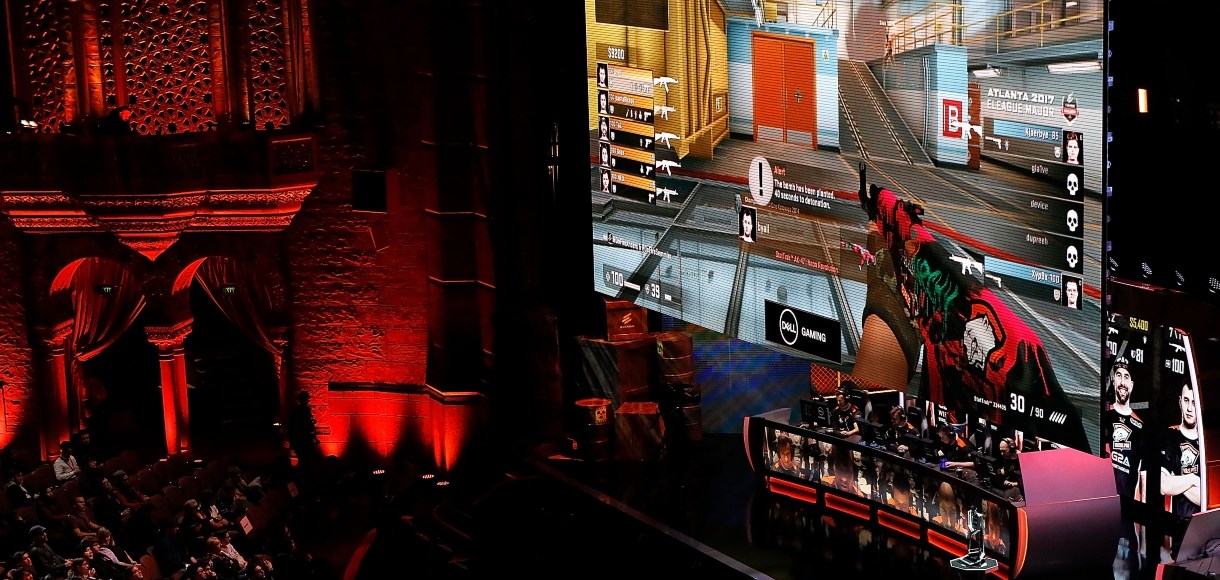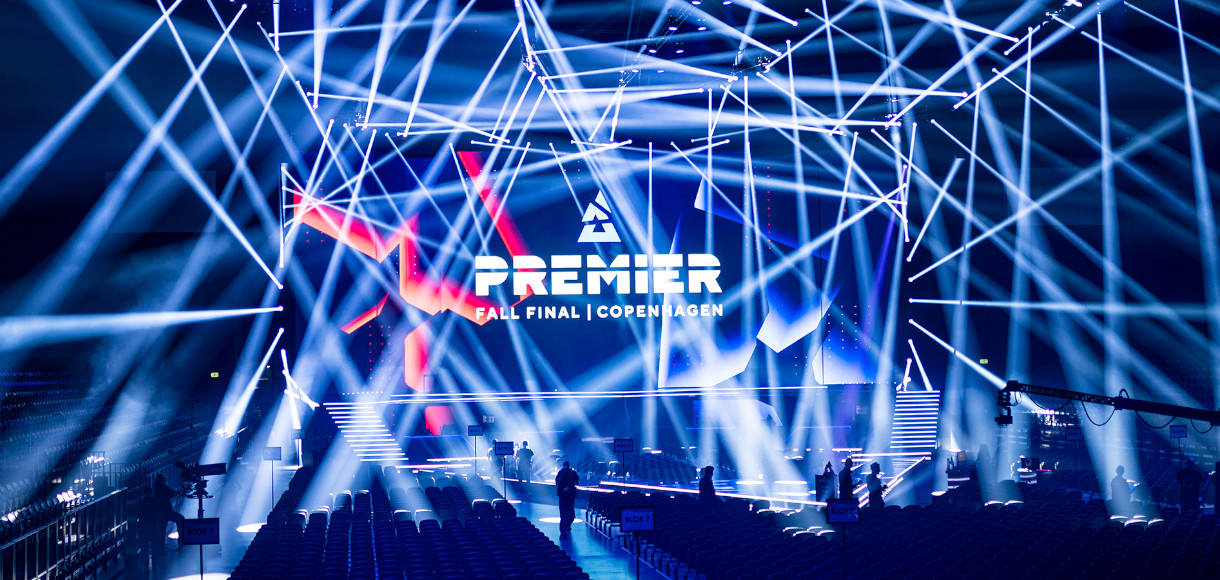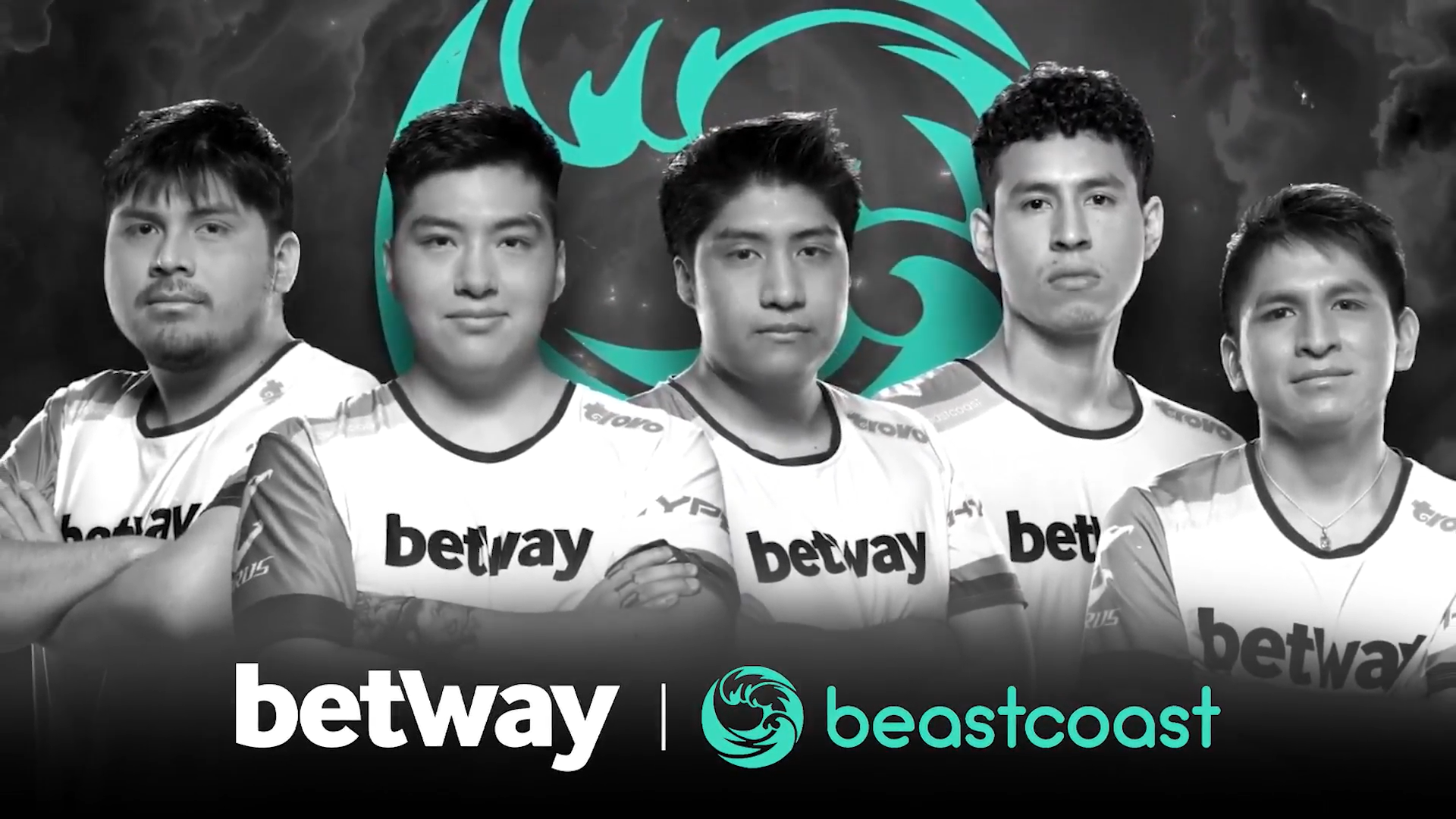What does CS:GO slang mean? CS:GO terminology explained
 Source: Getty Images
Source: Getty Images
From ace to wallbang, our guide explains the meaning behind all the phrases you may hear while watching or playing CS:GO.
Over the course of its 21-year history, Counter-Strike has spawned a long list of words and phrases specific to the game.
This terminology is used by players and broadcasters to describe certain weapons, movements, strategies and in-game situations.
With the series now into its fourth game - Counter-Strike: Global Offensive, widely known as CS:GO - that list continues to grow.
Understanding these terms is key for anyone who wants to fully understand competitive CS:GO esports, or for anyone who wants to play CS:GO themselves.
Below is a complete glossary of terms that you will find while watching or playing CS:GO, with each term explained in full.
Ace: When one player kills all five opponents in a round.
ADR: Stands for average damage per round. A statistical metric that shows how much damage a player deals per round. Calculated by dividing overall damage output by number of rounds played. It is useful for displaying a player’s long-term impact over several matches.
Anchor: A player whose role is to hold down a bomb site on their own.
Anti-eco: A round in which a team knows their opponents are going eco (see below), so they buy weapons that are efficient against enemies with no armour and weapons that yield more money per kill.
Anti-flash: When a player looks at a wall to negate the effects of a flashbang. Usually used against terrorists.
Anti-strat: When one team knows what strategy their opponents are using, and utilise a specific strategy to counter them.
AWP: A sniper rifle. Known for killing an enemy in one shot if hit anywhere above the hip.
Bait: When one player is sacrificed to lure an opponent into an unfavourable situation.
Bhop: Short for bunny hop. A skilled movement that allows players to move around the map quicker than normal.
Boost: When a player allows their teammate to jump on top of them, therefore allowing them to access otherwise unreachable locations.
CT: Short for Counter-Terrorists – the defending team.
Clutch: When a lone player wins a round despite being outnumbered by their opponents.
Deagle: Another name for the Desert Eagle pistol.
Default: A standard strategy in which a team will not take any unusual risks.
Dink: When a player is hit with a headshot but does not die.
Drop: When a player gives a weapon to a teammate. Usually done because the teammate has no money to buy weapons.
Eco: A round in which a team does not spend any money on rifles or equipment, in order to save money.
Eco-frag: When a player armed with a pistol kills an opponent armed with a more powerful weapon.
Economy: The game’s system for buying weapons and equipment.
Entry-frag: The first kill in a round.
Exit-frag: A kill by a Counter-Terrorist when leaving the bomb site after the bomb explodes. Usually done to impact the opposing teams’ economy.
Fake: When the Terrorists try to make the Counter-Terrorists rotate to a bomb site that they don’t intend to take. This is achieved by throwing flashbangs, grenades and firing weapons onto that site.
Flash: Short for flashbang grenade – an explosive that blinds opponents temporarily.
Flick/flickshot: When a player aims quickly at an opponent and kills them, usually done with a sniper rifle.
Frag: A kill.
Full save: A round in which a team must not spend any money at all due to low funds.
Gamble stack: When the defending team sends more players than normal to a bomb site.
Glass cannon: When a player wields the AWP sniper with no armour.
IGL: Short for in-game leader. The player who sets the strategy for his team, both before and during a round.
Jiggle peek: Strafing back and forth quickly near a wall in order to look round a corner or to draw shots from an opponent.
Jump shot: A shot taken while jumping. Typically far less accurate than a shot taken while on the ground.
K/D: Kill-death ratio. A performance metric calculated by the number of kills divided by the number of deaths. Used to display a player’s performance.
KQLY: Slang for a jump shot, more specifically one taking place at bomb site A on Dust II. Named after French player KQLY, who famously executed the move in an ESL Pro League match in 2014.
Kobe: A kill with an HE grenade (High explosive) thrown from distance.
Krieg: Nickname for the SG 553, a scoped rifle for the Terrorists.
Legged: A term used when an opponent has been hit in the legs with an AWP, leaving them very low on health.
Lit: A term used to denote how much damage a player has lost. “Lit 90” means they have taken 90 damage.
Lurk/lurker: A role in which a player moves around the map alone, trying to draw attention away from his teammates or pick off enemies rotating between bomb sites.
Molly: Slang for an incendiary grenade or a Molotov cocktail.
Nade: Another name for an HE grenade.
Nade stack: Throwing multiple grenades towards one location in the hope of getting a kill.
Ninja defuse: When a Counter-Terrorist is able to defuse the bomb without the Terrorists being aware of it.
One-deag: A one-shot kill to the head with a Desert Eagle pistol.
One-tap: A one-shot kill to the head, usually done with an AK47.
One way: A well-thrown smoke grenade which allows a player to see through it without the opponent being able to do the same.
Peek/peeking: Rounding a corner, often done as a challenge to an enemy player nearby.
Pick/play for picks: Killing an enemy without taking any risks. Playing for picks is an in-game call made by the IGL.
Playing off contact: A strategy in which one player stays hidden, waiting for their teammates to engage the enemy before coming out of cover.
Pop-flash: A flashbang grenade thrown at the perfect time, preventing the enemy from being able to look away before they are fully blinded.
Pre-aim: When a player positions their crosshair at a certain angle before peeking, anticipating that an opponent will be there.
Pre-fire: When a player fires at a known hiding spot without knowing that an enemy is actually there.
Push/pushing: Advancing towards the enemy. Terrorists push towards bomb sites while Counter-Terrorists push towards the Terrorists.
Quickscope: The act of scoping and shooting a sniper rifle very quickly.
Quasi-buy: A round in which a team doesn’t have enough money for a full buy, but still buys some weapons while saving some money for the next round.
Reset: When a team on a losing streak wins a round, then immediately loses the next round. This leaves them with no money, and they are forced to save for one or two rounds afterwards.
Rotate: Moving from one bomb site to another.
Rush: A strategy in which one team pushes towards the enemy very quickly, in order to catch them off guard. Can be done by both Terrorists and Counter-Terrorists.
Save: When a player knows the round is lost so they intentionally hide from the enemy in order to save their weapon and equipment for the next round.
Strat: Short for strategy – the tactics a team will use in a round.
Support: A player who is tasked with holding bomb sites for long periods of time.
T: Short for Terrorists – the attacking team.
Tag/tagged: When a player has been shot but is not dead, they have been tagged.
TK: Short for team kill – when a player kills a teammate. Usually happens by accident.
Utility: A term used to describe grenades, Kevlar, defuse kits and other equipment.
Wallbang: When a player fires through a wall that allows bullets to penetrate – doors, boxes etc.
Whiff: A missed shot.
Xhair: Short for crosshair.
Zeus’d: When a player is killed by the Zeus x27 tazer.
Visit Betway's esports betting page.




































